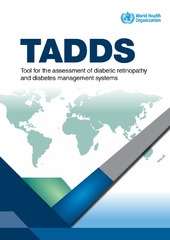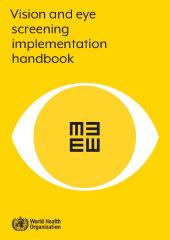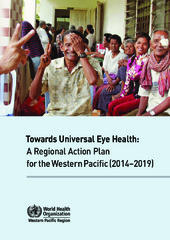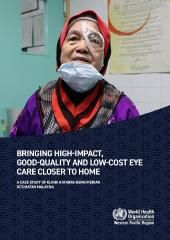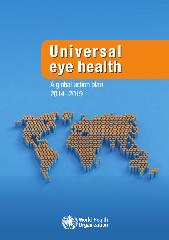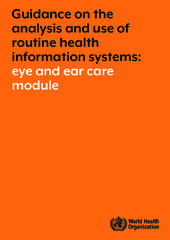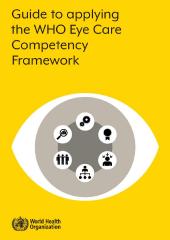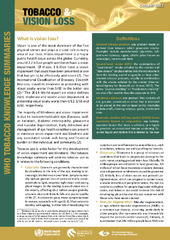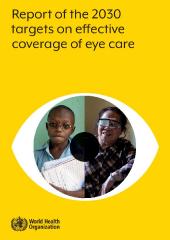World health organization
Source: VCA Tool for the assessment of diabetic retinopathy and diabetes management systems In order to assess both management of diabetes and diabetic retinopathy in countries and to estimate the level of cooperation and synergy between these two branches of health care, WHO has designed this assessment tool
Source: VCA Vision and eye screening implementation handbook The WHO Vision and Eye Screening Implementation Handbook (VESIH) guides vision screenings in community and primary care settings. It offers strategies for effective screenings in low-resource environments, addresses different screening methods, and provides recommendations to improve refractive error services, supporting WHO’s SPECS 2030 goals.
Source: VCA Towards Universal Eye Health: A Regional Action Plan for the Western Pacific (2014–2019) Towards Universal Eye Health: A Regional Action Plan for the Western Pacific (2014–2019) presents the first such plan for the Region. While its main objectives are aligned with the global action plan for the prevention of avoidable visual impairment, the…
Source: VCA Bringing high-impact, good-quality and low-cost eye care closer to home: a case study of Klinik Katarak-Kementerian Kesihatan Malaysia Health innovation introduces new methods to improve health and equity. The first ‘Innovation for Health’ report features a Malaysian case study on expanding cataract surgery access, examining its challenges and successes to guide other countries…
Source: VCA Universal eye health: a global action plan 2014–2019 The global eye health action plan provides Member States with a set of activities to strengthen their health systems in the area of eye care. Member States are invited, in collaboration with international partners, to identify and implement those actions most appropriate to their own…
Source: VCA Guidance on the analysis and use of routine health information systems: eye and ear care module This guidance document supports integrating eye and ear care into routine health facility reporting. It helps analyze data using standard indicators and offers interpretation tips. It’s intended for policymakers, program planners, facility managers, and service providers.
Source: VCA Guide to applying the WHO Eye Care Competency Framework The WHO Eye Care Competency Framework (ECCF) aids in workforce planning by defining performance expectations for eye care professionals. This guide offers a step-by-step approach for adapting the ECCF to specific contexts and developing competency frameworks or curricula, with four case studies illustrating its…
Source: VCA TOBACCO & VISION LOSS This sixth Tobacco Knowledge Summary highlights the link between tobacco use and vision loss. Created by WHO, the International Agency for the Prevention of Blindness, and the University of Newcastle, it aims to advocate for tobacco control and engage eye care professionals in addressing tobacco-related health effects.
Source: VCA Report of the 2030 targets on effective coverage of eye care The 2030 Eye Care Targets Report monitors progress towards global eye care goals set at the 74th World Health Assembly. It includes global and regional estimates of effective cataract and refractive error coverage, identifies data gaps, and suggests improvements for monitoring and…
